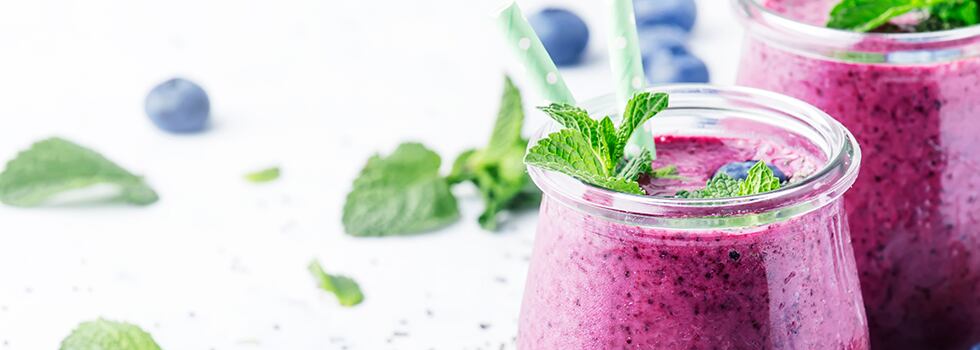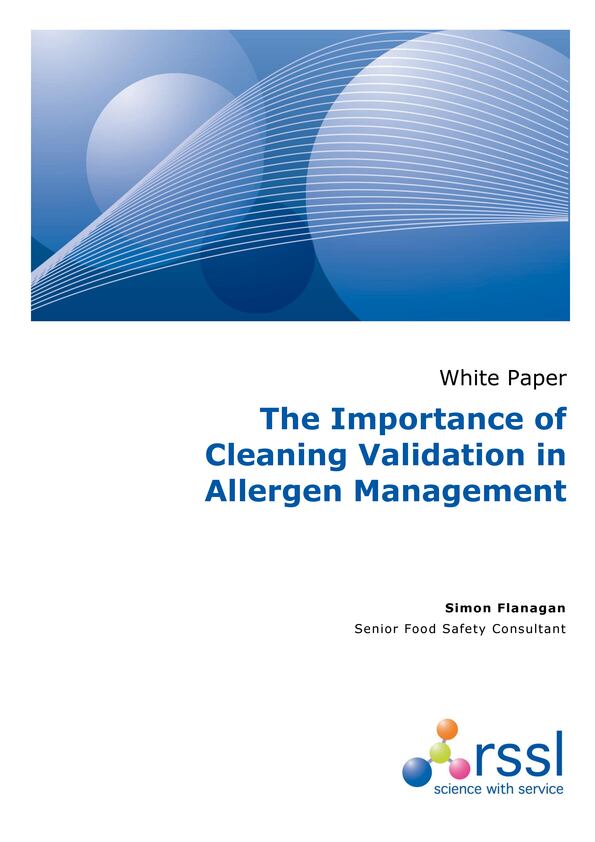One of the biggest challenges in developing plant-based foods is creating an appealing texture. Navigating this complex area requires a detailed understanding of the structural properties and composition of food formulations. The process begins with the right vocabulary, as Fred Gates, associate principal scientist at Reading Scientific Services Ltd. (RSSL), explains.
Talking texture
Although it is common knowledge (and sense) that the texture of food is integral to the experience of eating, it’s not a straightforward concept. Texture encompasses many different sensorial qualities and is evaluated from the moment the product is first handled through to when it is chewed and swallowed. Texture evolves in the mouth, from the first bite, through the chewing action and mixing with saliva. Understanding how a product needs to behave to secure consumer acceptance and appeal is an essential part of the development process.
To complicate matters further, the words commonly used to describe the texture of foods are often fluid and imprecise. A “hard” apple is not the same as “hard” cheese. Equally, the connotations of a “chewy” steak are very different to those related to a “chewy” meat-free sausage. That’s why it is vital that every project starts with a clearly defined framework of textural terms that can be referred to throughout the process.
This important initial stage is often driven by the brand owner’s vision of the product to be created. It often involves RSSL’s R&D team working closely with a sensory panel to map and define what “good” looks like, make comparisons, and/or identify what is lacking. The sensory result is a graphic interpretation of the desired textural characteristics at every stage of the eating process. This then allows the physical scientists to develop the most appropriate methodology to quantify the relevant texture parameters, rather than describing them qualitatively.
This vocabulary and corresponding numerical framework provide a solid foundation against which to measure the desired qualities going forward. It also has fundamental implications in terms of which ingredients are used to formulate the product concept.
Importance of ingredients
The way a product transforms as it is eaten depends on two factors -- its composition and the processes used to generate the structure. That’s why, for example, although two products may have the same fat content, one can deliver much richer textural qualities because it has been formulated to release bursts of fat into the mouth as it is chewed.
So, for our technical food product developers, ingredient functionality is key. It informs which ingredients are chosen to build the desired texture but, crucially, every step of the product’s journey from the manufacturer to the consumer’s plate or bowl must be considered. Wheat gluten, for example, gives more of a firm texture, while pea proteins deliver a more succulent mouthfeel, but the way these ingredients perform can vary under different conditions.
This means that a plant-based burger that is supplied in the “raw” state will need to transform into a satisfying product during the specified cooking method. However, a pre-cooked equivalent must be robust enough to withstand the various transport stages without breaking, therefore, in this latter case, transformation is not an issue as it is simply reheated before consumption. In both cases, the ingredient choice will reflect the different parameters outlined in the brief.
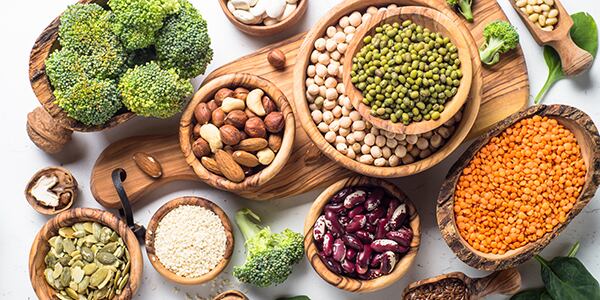
Analytical approach
Given the level of complexity involved in describing and controlling texture, using instrumental analytical testing as part of an integrated development process can be hugely beneficial. And as you might expect, different techniques are used to measure textural attributes at each stage of consumption.
The early stages of consumption -- i.e., the first bite and initial chewing action – are actualised by using mechanics to address fundamental questions such as how much force does it take to compress the product? Does it spring back? At which point does it break?
As the product breaks down and small pieces start to form, attention moves to the level of lubrication in the mouth and the impact on texture. For example, is the desired succulent and juicy sensation being reduced due to high fibre content that absorbs water from the mouth? This is measured by a discipline known as tribology.
And the latter stages of bolus formation and residue is all about measuring how things flow. So, this is when rheology comes into play to assess levels of viscosity and softness.
In addition, the use of microscopy can provide a detailed picture of a product’s structure and help to explain why a product’s texture is not meeting expectations; this is information that is only available when looked at on a micro-level. In our experience, this has proved particularly valuable for the development of meat analogue products that aim to successfully mimic the complex structure and naturally fibrous texture of animal meat.
For example, a product comprised of plant protein and starch or cereal that is too brittle can be analysed to establish how it behaves when it is stretched or pressed. In this way, it’s possible to build an understanding of the product’s microstructure and, depending on what is seen, provide direction on how to address the issue such as reducing certain ingredients or substituting with alternative ingredients.
Whatever the challenge, these insights provide information that can be looked at alongside the sensorial results and used to make appropriate adjustments.
The next question is: what does this look like in practice?
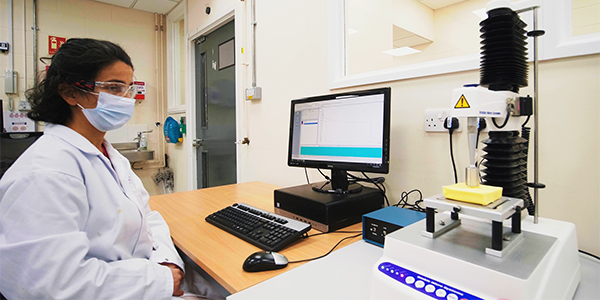
Analysis in action
Rather than trying to address numerous aspects of a product’s textural performance, the key is to prioritise two or three parameters while ensuring none of the others fall out of place. If a plant-based “meatball” is considered too soft, for example, the goal is to control the texture by working with both process and composition. Any changes made to one aspect will naturally impact the other, so it’s important that they are analysed together.
This means that when it comes to measuring the impact any alterations have on textural performance, it is not a question of one-size-fits-all. It demands a bespoke testing strategy aligned with the framework agreed upon and outlined in the initial product brief. It is also unlikely to be resolved with just one analytical test; evaluating a product’s chew requires a different approach to measuring succulence.
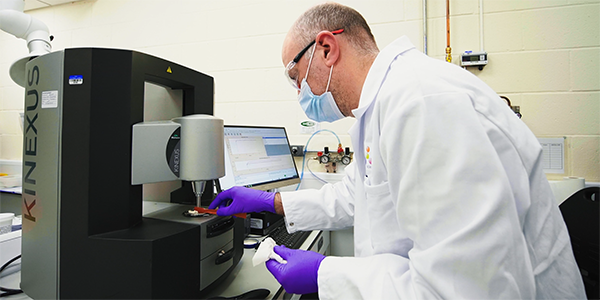
RSSL generally develops a series of bespoke tests, such as combining a cutting test with a compression test, for each product under development. This data enables the R&D team to better understand how ingredients and processes interact to create the product texture. Armed with this information, RSSL is in a much stronger position to help optimise formulations and help manufacturers find the product “sweet spot” -- where everything works in harmony to create the optimum eating experience for the consumer.
For RSSL’s webinar on Vegan Food Product Development and Manufacturing, please register here: https://www.rssl.com/news-and-events/events/2021/vegan-food-webinars
For more on Vegan Food Product Development and how RSSL can help you develop vegan products that meet the texture attributes that consumers desire, please see the video below:

